The narrative of textured hair, particularly within Black and mixed-race communities, is a living testament to resilience, adaptation, and an enduring connection to ancestral wisdom. For generations, the nighttime hours held a silent yet potent threat to the delicate coily and curly strands that often defied convenient categorization. This profound understanding, rooted in centuries of observation and communal care, finds a compelling resonance in the modern scientific validation of silk pillowcases.
What truly sets these seemingly simple squares of fabric apart, especially for those whose hair carries the legacy of Africa and its diaspora, extends far beyond superficial luxury. It touches upon the very heritage of hair protection, an echo of practices born from necessity and refined through time.
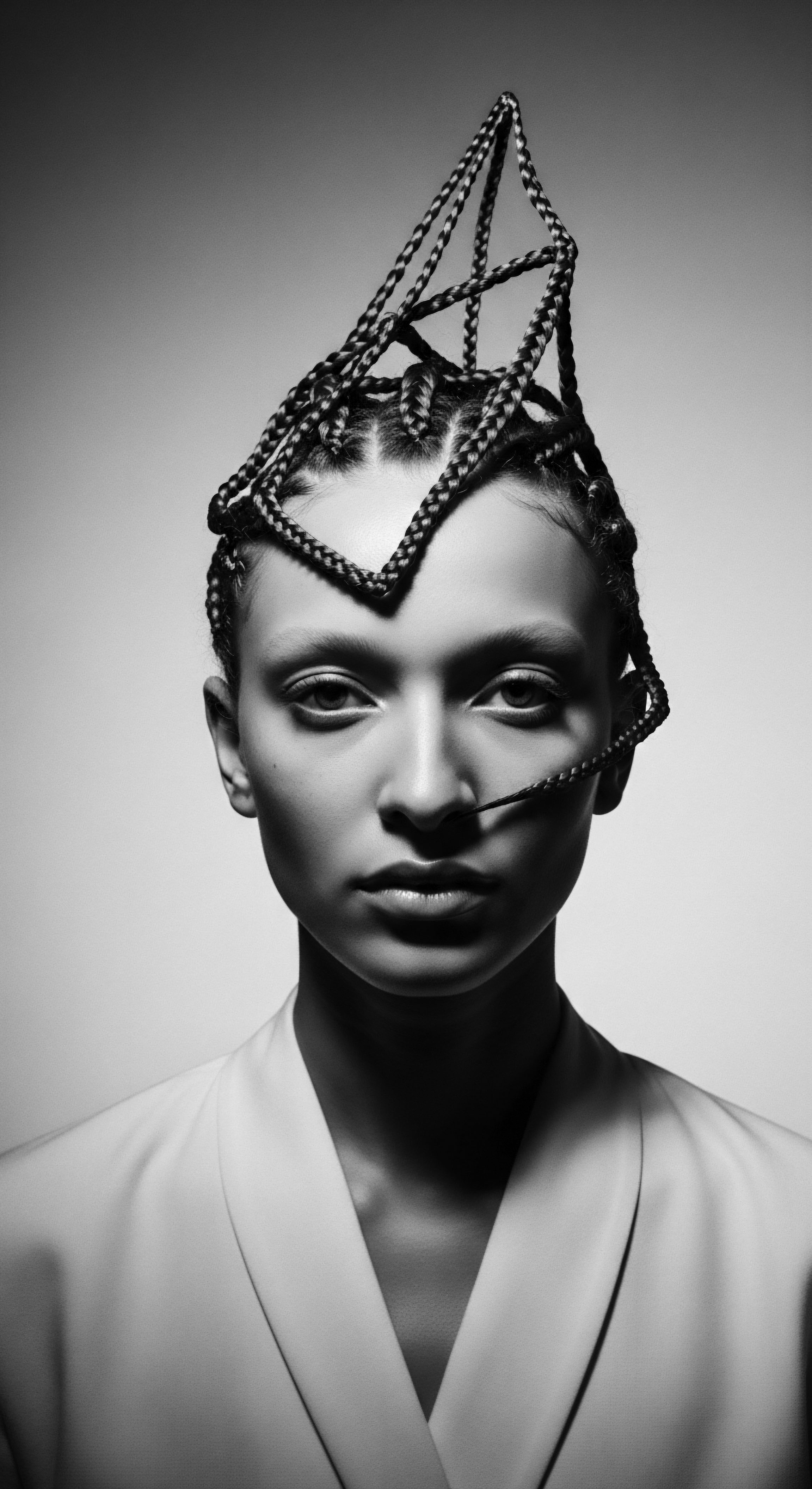
Roots
The story of textured hair is one written in the very structure of the strand, a biological blueprint shaped by countless generations. For individuals of African and mixed-race descent, hair is more than simply protein; it carries a deep heritage , a living connection to ancestors and cultural identity. The intricate spirals, coils, and zig-zags of textured hair, while beautiful and diverse, also possess unique characteristics that historically presented distinct challenges in care and preservation. Understanding these foundational aspects helps us appreciate why a material like silk, with its smooth, gentle nature, aligns so perfectly with an inherited need for protective care.
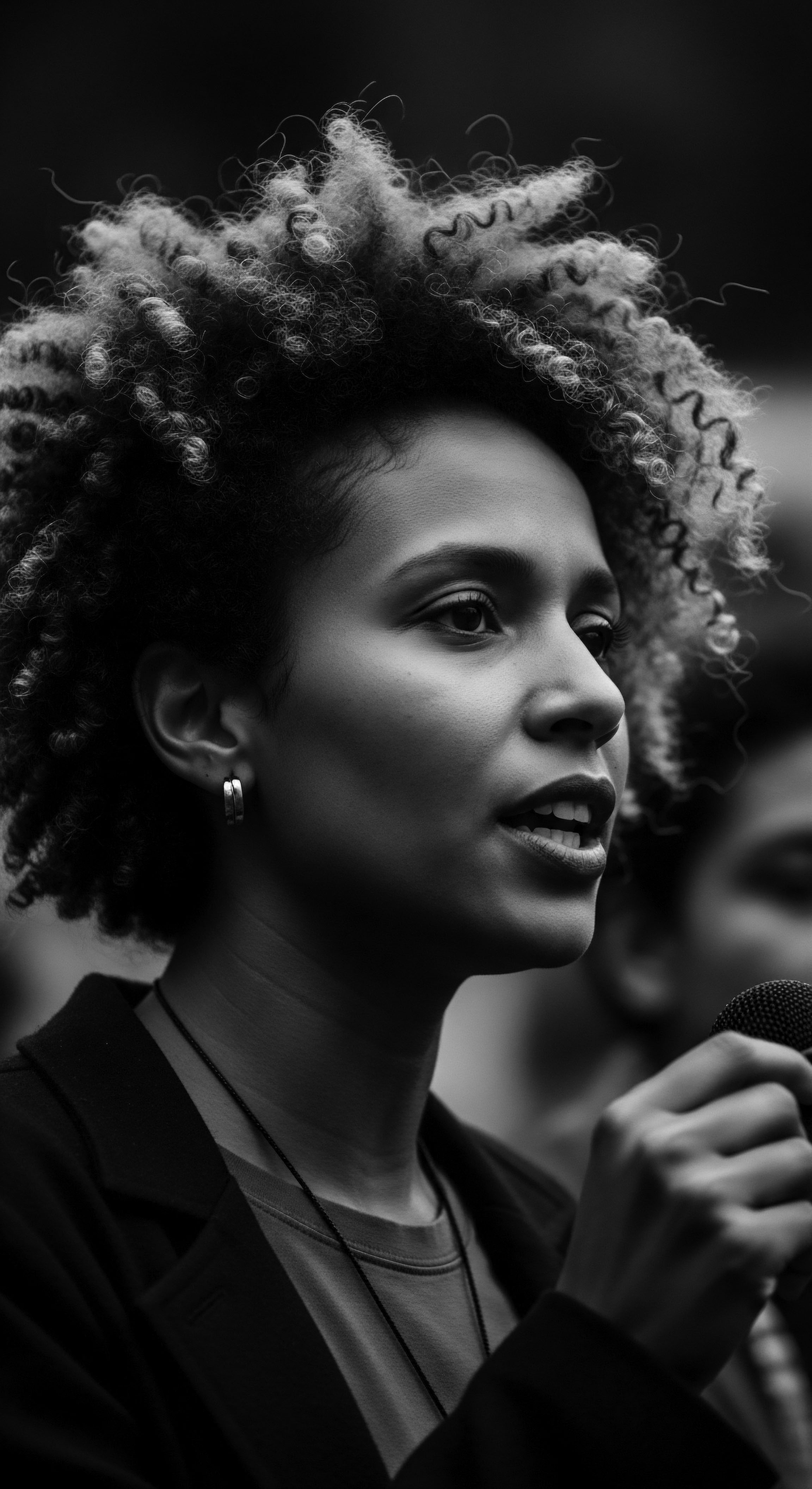
Anatomy and Ancestry of Textured Hair
Each strand of hair is a complex entity, a microscopic marvel. At its core, hair comprises a protein called Keratin, arranged in layers. The innermost layer, the medulla, provides volume and elasticity. Surrounding this is the cortex, which gives hair its shape, texture, and color.
The outermost layer, the Cuticle, consists of overlapping cells, much like roof tiles or fish scales. In healthy hair, these cuticles lie flat, reflecting light and shielding the inner cortex from damage. However, the inherent structure of textured hair means its cuticles naturally tend to be more lifted compared to straighter hair types. This inclination to lift can leave the hair’s inner layers more susceptible to external aggressors.
Beyond this cuticle structure, the very shape of textured hair contributes to its unique needs. The tight curves and bends in coily and kinky strands create natural points of weakness, areas where the hair fiber can be thinner and more prone to breakage. The natural oils produced by the scalp, known as Sebum, also face a greater challenge traveling down the coiled shaft to adequately coat and lubricate the entire strand.
This can result in drier hair, making it more brittle and vulnerable to damage from friction. It is this biological reality, shaped by millennia of evolution, that laid the groundwork for ancestral practices focused on moisture retention and physical protection.
The delicate structure of textured hair, with its naturally lifted cuticles and inherent points of weakness, created an ancestral imperative for gentle and protective care.
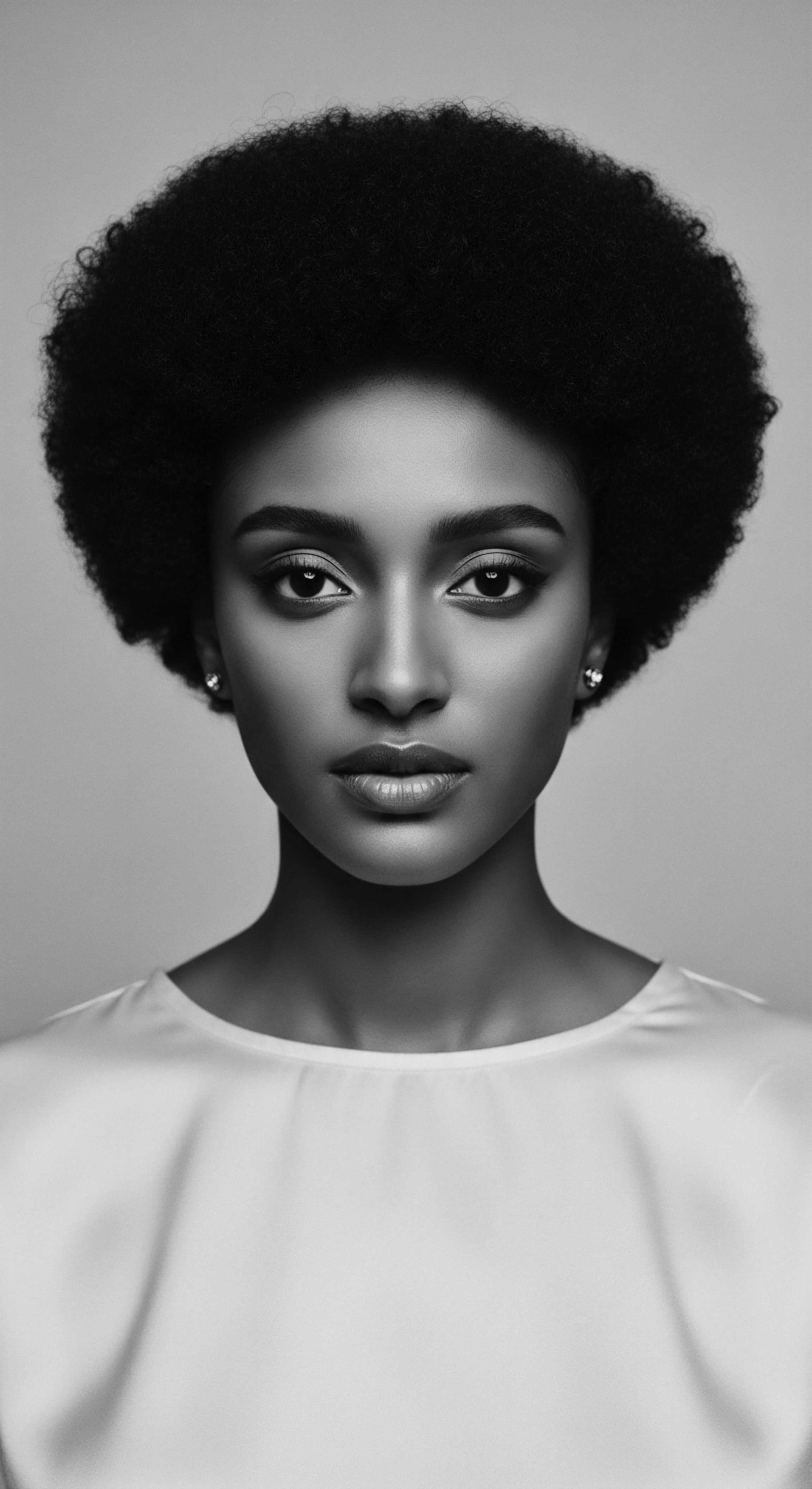
Ancient Wisdom and Hair Protection
Long before modern science quantified friction coefficients or analyzed protein structures, communities with textured hair understood the importance of protection, especially during rest. While specific historical accounts detailing “silk pillowcases” for everyday use might be scarce due to the fabric’s rarity and cost in many regions historically, the concept of safeguarding hair during sleep was well-established. African societies, for example, used various materials and methods to protect hair from dust, environmental elements, and the rigors of daily life, including sleep. This often involved the use of headwraps, scarves, and even specific braiding patterns to keep hair contained and minimize tangling.
Consider the ingenious techniques developed across various African cultures. Headwraps, known by names such as Dukus in Ghana or Geles in Nigeria, served practical and symbolic purposes. They shielded hair from the harsh sun and elements during the day, and by night, they helped to secure hairstyles, maintaining moisture and preventing friction against rough surfaces.
While these early coverings were not necessarily silk, their purpose directly mirrors the benefits offered by silk today ❉ friction reduction and moisture retention. The wisdom of these practices, passed down through oral traditions and communal learning, recognized the fragility of hair when exposed to constant rubbing, a fragility particularly pronounced in hair with diverse textures.
The practice of coiling or braiding hair before sleep, a time-honored tradition in many Black households, also reflects this understanding. These styles kept strands bundled, minimizing the surface area exposed to friction and helping to preserve moisture. These practices were not born of convenience; they were born of a deep, intuitive understanding of hair’s needs, an understanding honed by generations of lived experience and an intimate connection to their own physical selves within diverse environments.
| Ancestral Practice Headwraps (e.g. Dukus, Geles) |
| Traditional Benefit (Heritage Lens) Physical protection from elements, maintaining style, preserving dignity |
| Modern Silk Parallel Reduces external friction, maintains hairstyle integrity, protects hair structure |
| Ancestral Practice Braiding or Coiling before sleep |
| Traditional Benefit (Heritage Lens) Minimizes tangling, reduces exposure to environmental stressors, maintains moisture |
| Modern Silk Parallel Keeps strands contained, reduces contact friction, preserves moisture levels |
| Ancestral Practice Use of natural butters and oils |
| Traditional Benefit (Heritage Lens) Sealing in moisture, adding lubrication, promoting scalp health |
| Modern Silk Parallel Supports hair's natural hydration by not absorbing oils, reducing friction damage |
| Ancestral Practice The enduring wisdom of ancestral hair care laid the foundation for understanding material benefits, whether from historically available fabrics or modern silk. |
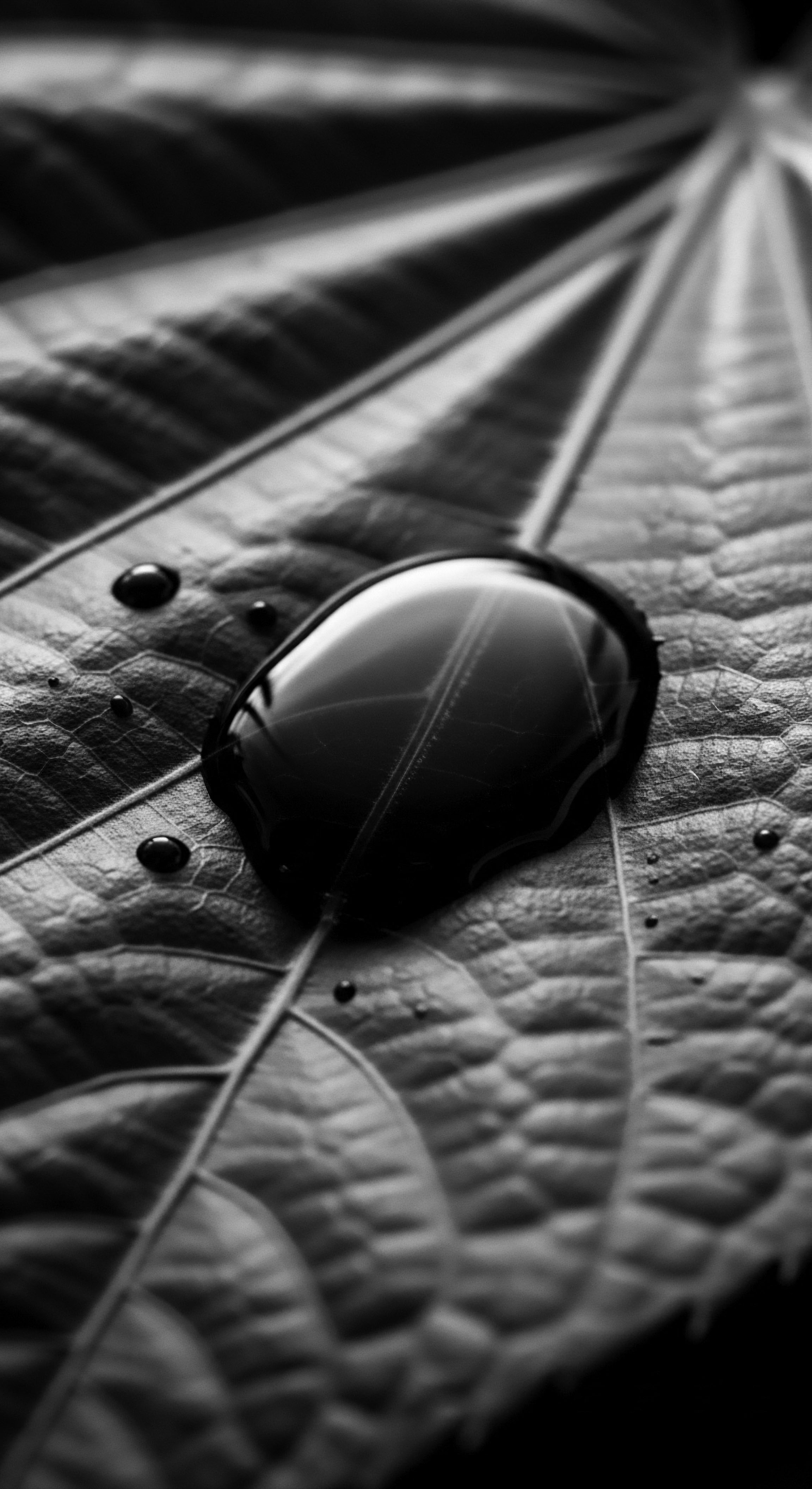
Ritual
The nighttime hours hold a particular significance for textured hair. What begins as a practical necessity—shielding delicate strands from the friction of sleep—blossoms into a deeply personal ritual, one that connects modern care with the ancestral practices of protection. The choice of what rests beneath one’s head, or what wraps around one’s crown, becomes a conscious act of care, an investment in the health and vitality of hair that carries generations of stories. The introduction of silk pillowcases into this nightly regimen builds upon this long-standing tradition, offering a refined tool in the ongoing artistry of textured hair styling and preservation.
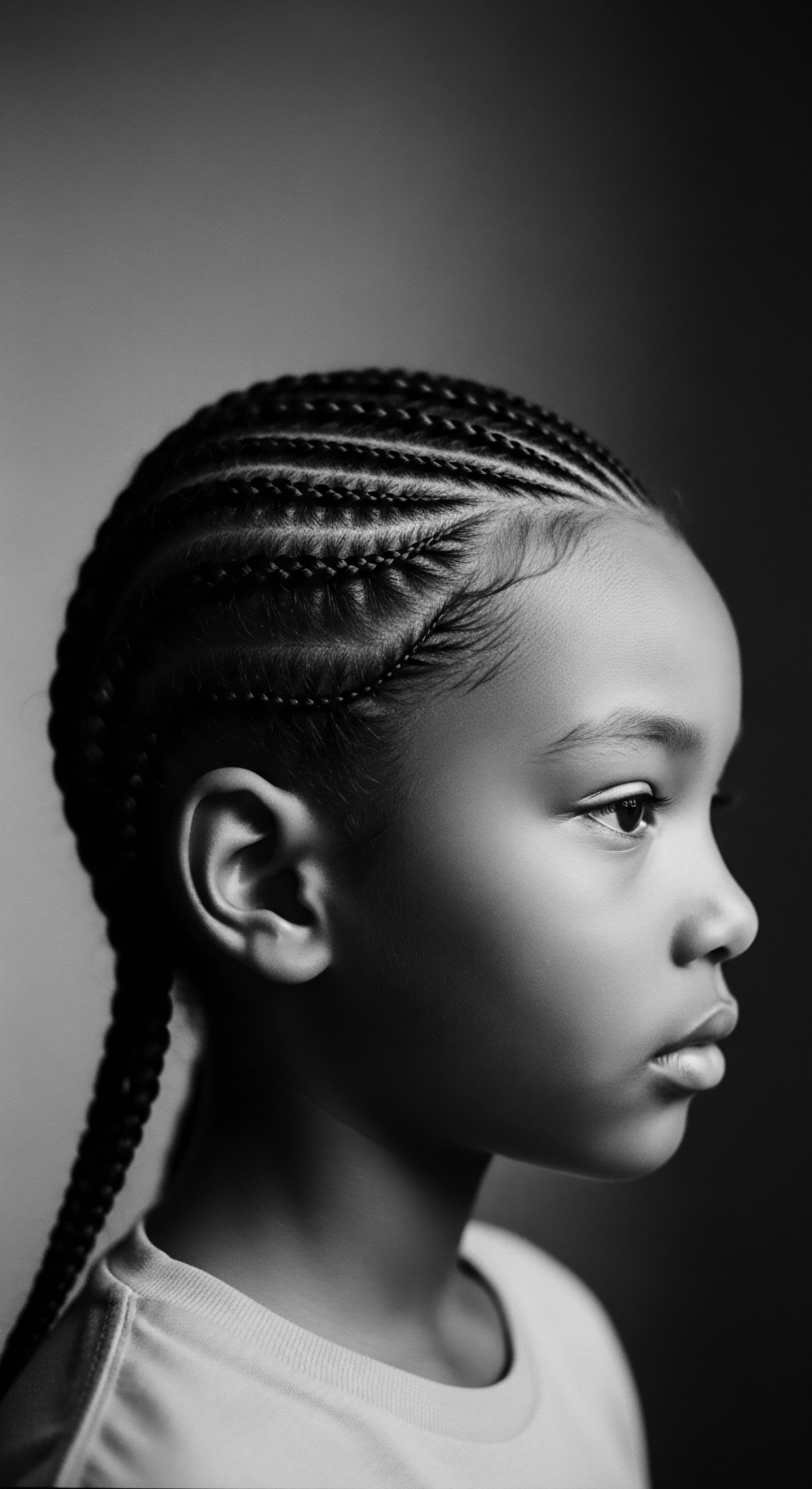
Why Do Textured Hair Types Benefit from Silk Pillowcases?
The primary advantage of a silk pillowcase for textured hair lies in its remarkably smooth surface. Unlike conventional cotton, which possesses a rougher, more absorbent weave, silk fibers allow hair to glide effortlessly across the pillow. This reduction in friction is profoundly beneficial for hair types prone to tangling, frizz, and breakage—characteristics often seen in coily, curly, and kinky strands.
When textured hair rubs against a coarser surface, the hair’s delicate Cuticle layers can lift and abrade, leading to frizz and eventual damage. Silk mitigates this mechanical stress, helping to keep the cuticles flat and smooth.
Beyond friction, silk’s unique composition contributes to moisture preservation. Hair, especially textured hair, thrives on hydration. Cotton, being a highly absorbent material, can wick away essential moisture and natural oils from the hair and scalp during sleep, leaving strands dry, brittle, and prone to breakage. Silk, a protein fiber itself, is less absorbent.
This means that the precious moisture within the hair, along with any conditioning treatments or natural oils applied, remains where it belongs ❉ on the hair. This moisture retention helps maintain the hair’s elasticity and softness, diminishing the likelihood of snapping or splitting.
Consider a historical parallel ❉ the practice of covering hair at night with wraps or bonnets, often made from cotton or other readily available fabrics. These coverings offered a degree of protection, but even they could absorb moisture. The transition to silk pillowcases, or silk-lined bonnets, represents an evolution of this protective instinct, leveraging a material that optimizes the conditions for hair health throughout the sleeping hours. It is a modern refinement of an ancient wisdom—the understanding that hair needs a safe haven at night.
Silk’s smooth surface and minimal absorbency offer textured hair a sanctuary, preserving moisture and reducing the friction that often leads to breakage and frizz.
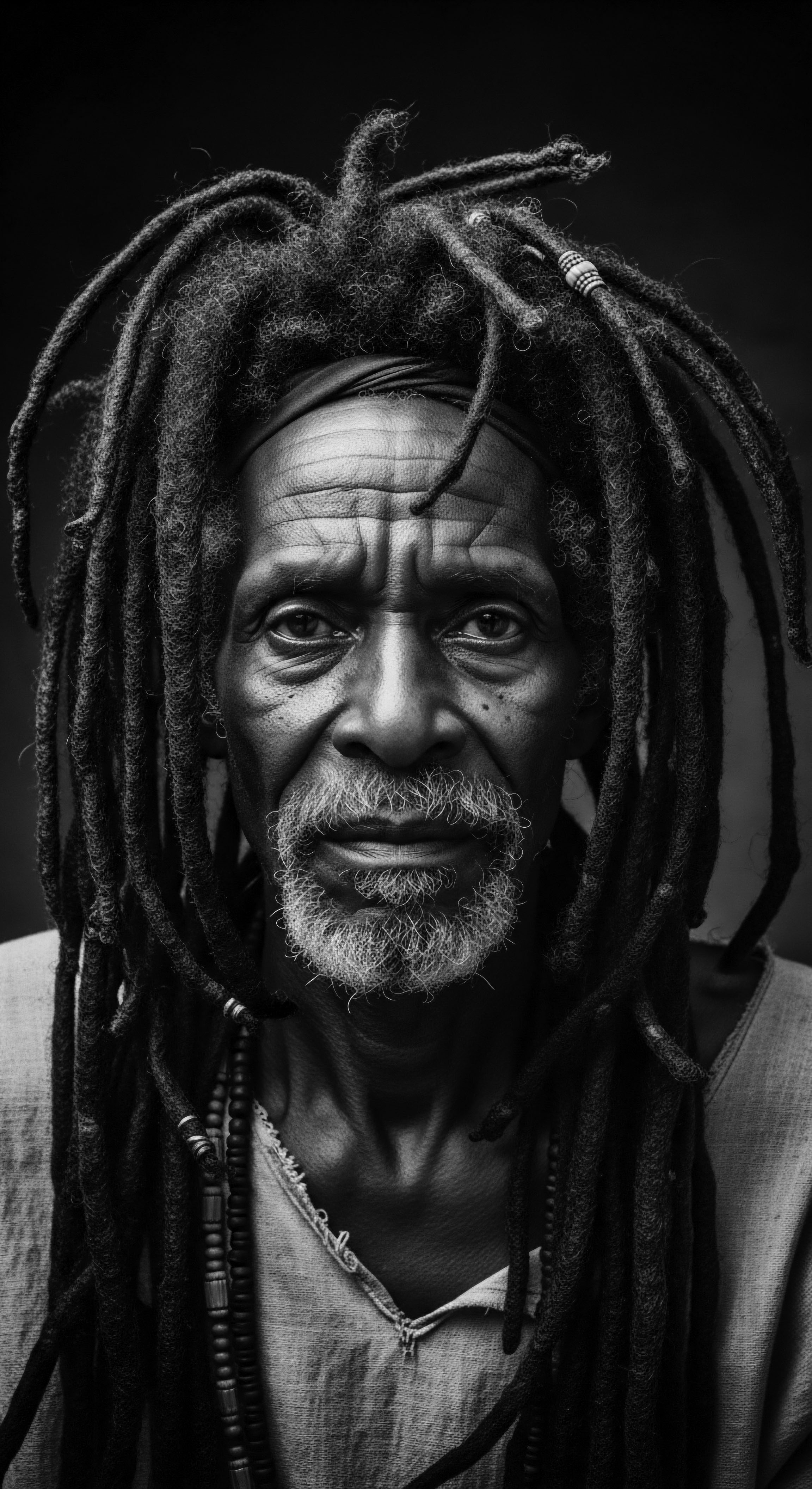
The Nightly Sanctuary ❉ Hair Protection and Styling Heritage
The protective nature of silk pillowcases extends directly to the preservation of hairstyles, a practice deeply rooted in the traditions of Black and mixed-race communities. For centuries, intricate braids, twists, and other natural hairstyles were not merely aesthetic choices; they served as protective measures, minimizing daily manipulation and shielding the hair from environmental stressors. The challenge then, as now, was to extend the life of these styles, to ensure their integrity through the hours of rest.
Sleeping on silk can prolong the definition of curls and coils, reduce the need for daily restyling, and by extension, minimize exposure to heat or excessive manipulation. This translates into less stress on the hair over time. Imagine the generations of women who meticulously styled their hair, knowing the effort involved, and then sought methods to keep it intact through the night.
From sleeping upright to crafting special wraps, the ingenuity was profound. Silk pillowcases offer a luxurious and effective continuation of this legacy, a quiet revolution in nighttime care.
Beyond styling, the general health of the hair also sees improvement. Less friction means fewer tangles upon waking, making detangling a gentler process and reducing mechanical damage. The scalp, too, benefits from silk’s breathable and hypoallergenic qualities, which can prevent excessive sweating and irritation, fostering a healthier environment for growth. This gentle interaction between hair and pillowcase aligns with a holistic approach to wellness, where care extends beyond mere aesthetics to the fundamental health of the strand and scalp, a principle woven into the very fabric of ancestral hair traditions.
- Reduced Friction ❉ Silk’s smooth surface allows hair to glide, significantly reducing the mechanical stress that leads to breakage and split ends.
- Moisture Preservation ❉ Unlike cotton, silk is less absorbent, ensuring hair’s natural oils and applied products remain on the hair, aiding hydration.
- Style Longevity ❉ The minimal friction helps maintain curls, braids, and other styles, reducing the need for daily manipulation and heat.
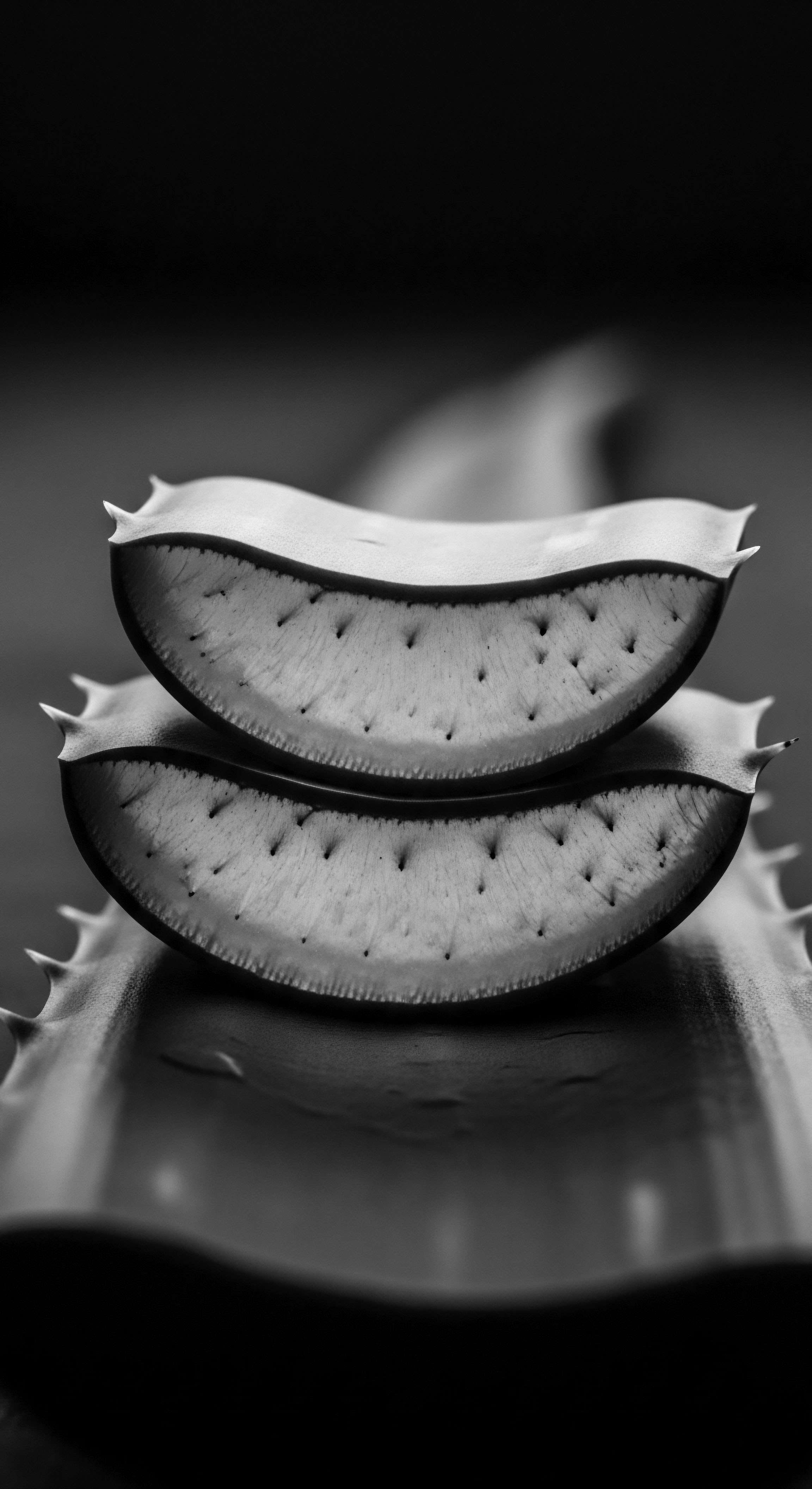
Relay
The wisdom embedded in ancestral hair care, often passed down through generations, finds compelling affirmation in contemporary scientific inquiry. What was once understood through diligent observation and communal practice now gains clarity through the lens of modern research. The simple act of resting one’s head on a silk pillowcase, seemingly a modern luxury, stands as a testament to the enduring principles of hair care refined over centuries, particularly for hair types that carry a distinct heritage of texture and resilience.
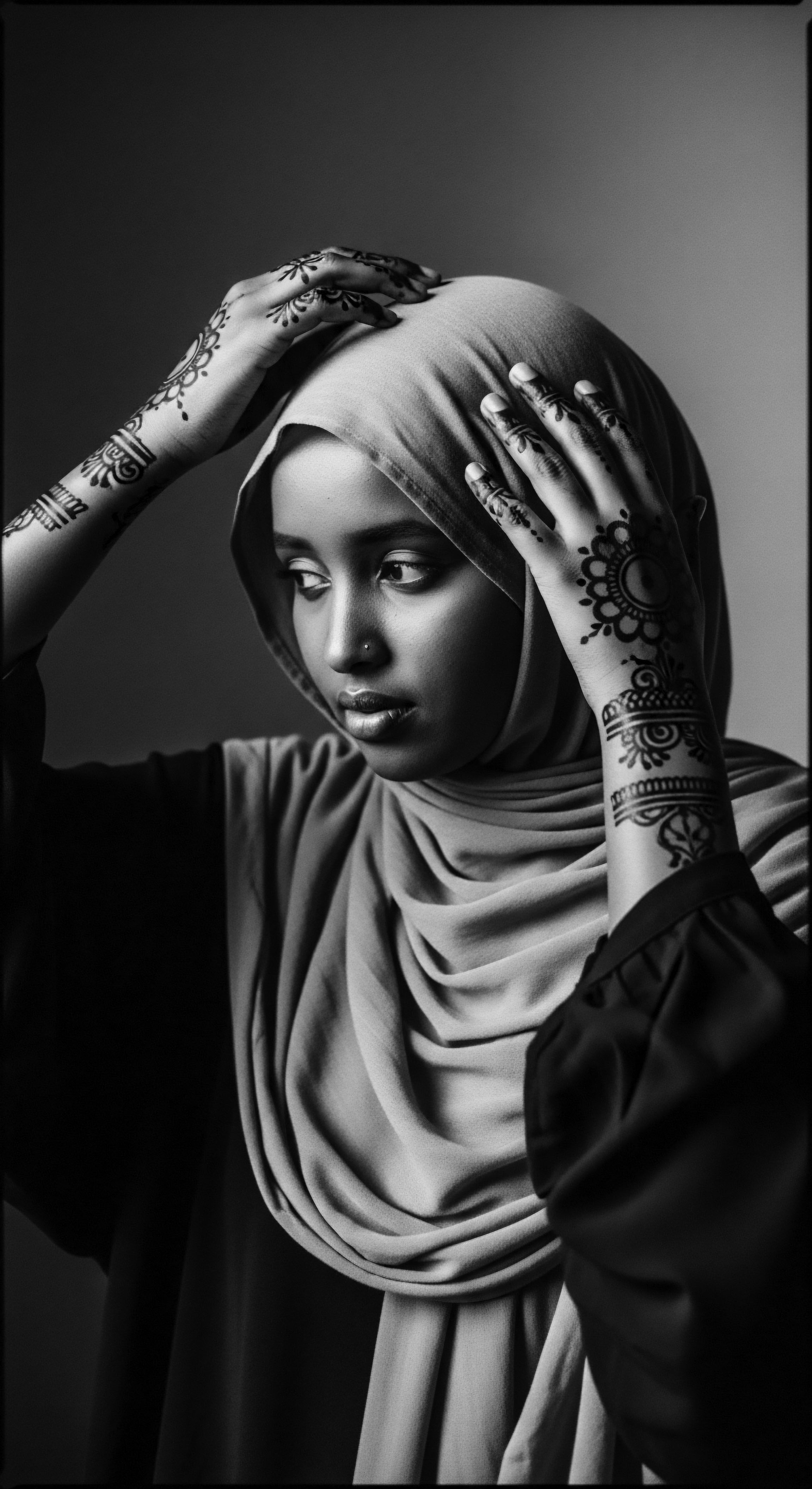
Validating Ancestral Protective Measures
The inherent fragility of textured hair, characterized by its coiled structure and tendency for cuticle lifting, has always demanded mindful care. Historically, protective styling and nighttime coverings were not mere fashion statements; they were essential strategies for preserving hair health in challenging conditions. The advent of silk pillowcases offers a scientifically supported refinement of these ancient practices. Research points to silk’s unique properties, which directly address the vulnerabilities of textured hair.
A study published in the Journal of Cosmetic Dermatology, for instance, indicated that smoother fabrics, such as silk, can reduce hair friction by as much as 43%. This quantitative finding provides a powerful scientific validation for what many with textured hair have intuitively known for generations ❉ minimizing friction is paramount.
This reduction in friction directly translates to less mechanical wear and tear on the hair shaft. For coily and kinky strands, which naturally possess more points of weakness along their curves, every reduction in friction mitigates potential breakage. Beyond friction, silk’s protein structure, rich in amino acids like Glycine and Alanine, allows it to be less absorbent than cotton. This property is crucial for maintaining the natural hydration of textured hair, which, due to its structure, often struggles with moisture retention.
Cotton’s absorbency, conversely, can strip hair of its vital moisture and natural oils, leaving it dry and brittle. The consistent use of silk creates an environment where hair can retain its internal moisture balance, fostering strength and suppleness through the night. This is a scientific echo of the historical drive to keep hair moisturized using butters, oils, and protective styles, a testament to an unbroken chain of care.
The cultural significance of headwraps, for example, extends beyond aesthetics to a deep understanding of hair protection. During periods of enslavement, Black women were often compelled to cover their hair, yet they transformed this mandate into a declaration of dignity and resistance, using headwraps as symbols of cultural identity and practical protection. These wraps, whether cotton or other fabrics, served to keep hair contained and shielded.
The move to silk pillowcases or silk-lined bonnets represents an evolution of this protective legacy, applying modern material science to optimize the efficacy of these time-honored practices. It is a continuation of the same mindful approach to hair preservation, enhanced by materials that offer superior gentle care.
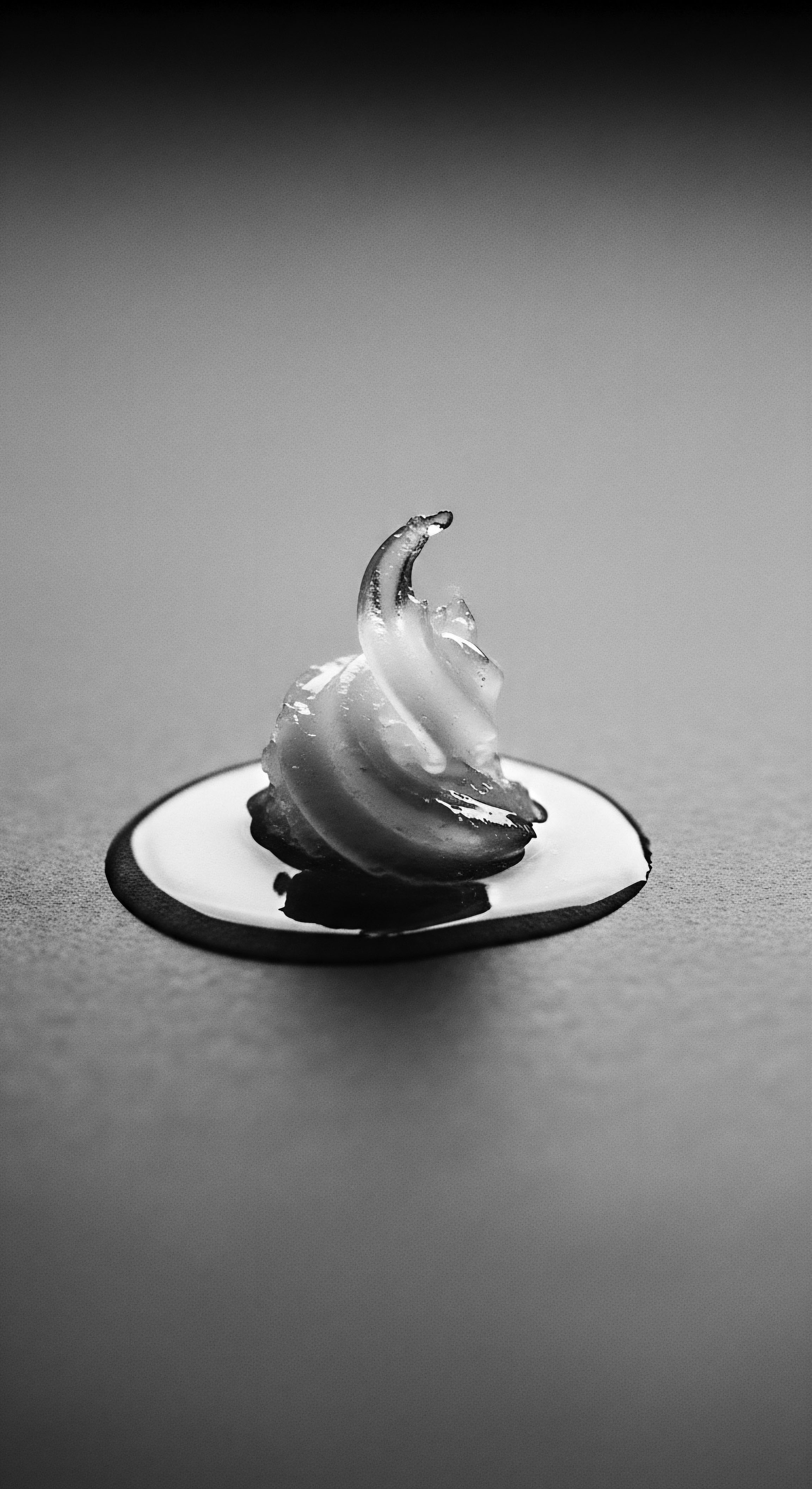
Connecting Biology, History, and Modern Care
The benefits of silk pillowcases are not isolated to mechanical protection; they extend to the very biology of the hair strand. Hair keratin and silk proteins share structural similarities, both being protein fibers. While not identical, this shared proteinaceous nature contributes to silk’s affinity with hair.
The smooth, planar structure of silk fibers, formed by stacked sheets of amino acids, provides a glide that synthetic satin, despite its smooth feel, cannot perfectly replicate. This micro-level interaction safeguards the hair’s outermost Cuticle layer, which is the hair’s primary defense against environmental stressors and physical damage.
Consider the cumulative effect over time. For hair that is inherently more susceptible to damage due to its unique structure—less cuticle layers, tighter curls that make oil distribution challenging—the consistent reduction of friction and preservation of moisture becomes a significant factor in long-term hair health and length retention. This is not a superficial intervention; it is a foundational change in the nightly environment of the hair.
This shift acknowledges the historical struggles faced by Black and mixed-race individuals in maintaining hair health amidst societal pressures and limited access to resources. The availability of silk, once a rarity, now democratizes a form of protection that aligns with centuries of lived experience and adaptive hair care.
A statistical observation underscores this point ❉ textured hair is disproportionately prone to breakage. Studies consistently show that friction is a leading cause of this damage. The ability of silk to reduce friction by nearly half offers a tangible, quantifiable benefit, directly addressing a core vulnerability.
This data provides a contemporary scientific anchor to the long-standing understanding that hair, especially hair with a coily or kinky structure, requires exceptionally gentle handling and an environment that respects its delicate nature. This convergence of historical wisdom and scientific validation strengthens the case for silk pillowcases as a vital tool in the modern care regimen for textured hair, a practice rooted in a deep understanding of its enduring heritage .
- Historical Context ❉ Many Black women, especially during the era of slavery and its aftermath, used protective head coverings at night to preserve hairstyles and mitigate damage from harsh living conditions and forced labor, a practice rooted in survival and self-preservation.
- Scientific Validation ❉ The smooth surface of silk significantly reduces friction on hair, with studies indicating a reduction of up to 43% compared to cotton, thereby preventing breakage and frizz on delicate strands.
- Moisture Integrity ❉ Silk’s low absorbency preserves hair’s natural oils and applied products, directly supporting the moisture retention challenges inherent to the unique structure of textured hair.
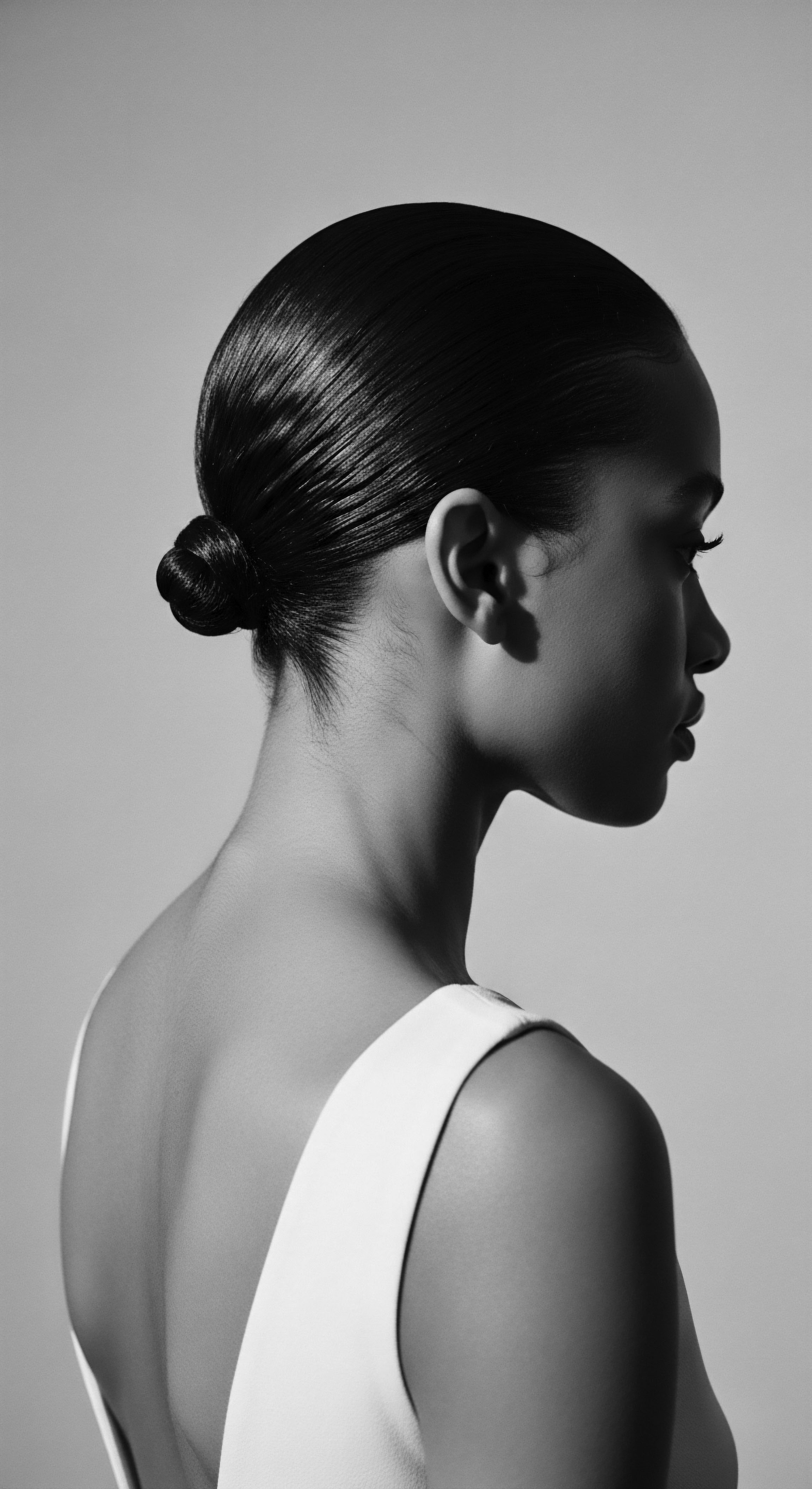
Reflection
The journey through the intricate world of textured hair, from its very roots in ancestral biology to its contemporary care, reveals a continuous narrative of resilience, adaptation, and profound connection to heritage . The humble silk pillowcase, when viewed through this expansive lens, becomes more than a mere bedding accessory; it stands as a quiet yet powerful testament to an enduring legacy of care. It speaks to the intuitive wisdom of those who, for generations, recognized the fragility and preciousness of coily and curly strands, long before scientific instruments could measure cuticle lift or friction coefficients.
Roothea’s ‘Soul of a Strand’ ethos reminds us that every fiber of textured hair carries the echoes of time, a living archive of ingenuity and beauty. The gentle embrace of silk at night is a contemporary manifestation of ancient protective instincts—a continuation of the meticulous braiding, the thoughtful wrapping, and the communal knowledge passed down through the ages. It honors the journey of Black and mixed-race hair, from its origins as a marker of identity and spiritual connection in Africa, through the trials of forced assimilation, to its vibrant reclamation and celebration in the present day. Choosing silk, then, is not simply a choice for hair health; it is an act of reverence for this rich heritage , a conscious decision to nurture a part of oneself that has weathered so much and continues to stand, unbound and luminous.
This evolving understanding, where ancestral practices and modern science intertwine, underscores a powerful truth ❉ true hair wellness is holistic. It encompasses not only the physical needs of the strand but also the deep cultural and historical significance of hair within our identities. The silk pillowcase, in its quiet effectiveness, offers a daily ritual of respect, a gentle reminder that caring for textured hair is a timeless act of self-love and an ongoing dialogue with the wisdom of those who came before.
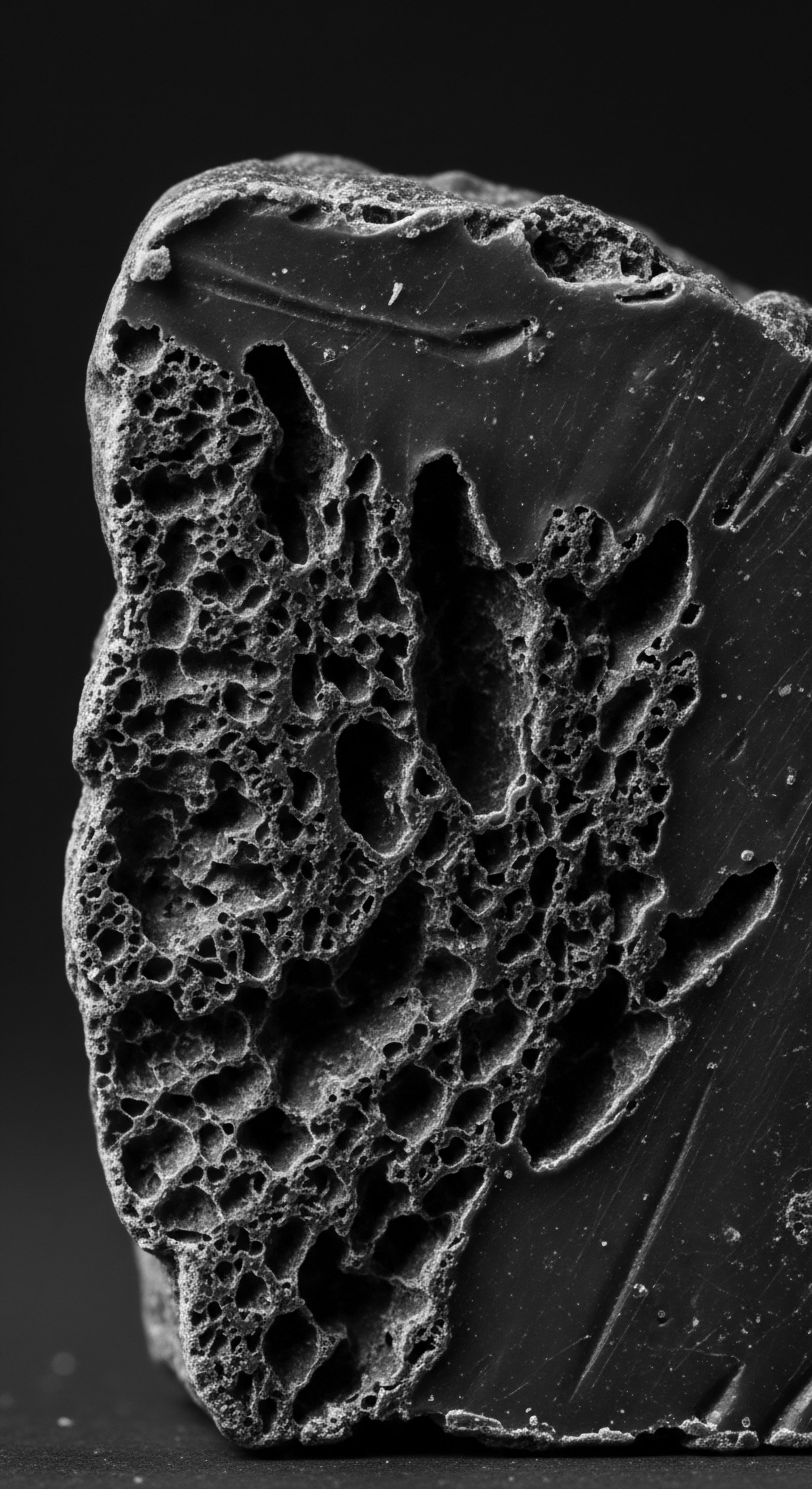
References
- Scooms. (2024, April 22). Are Silk Pillowcases Good for Hair? Retrieved from
- Cultivator. (2025, January 11). Exploring the Benefits of Silk Pillowcases for Hair Health. Retrieved from
- The Chic Icon. (2024, October 30). Secret Benefits of Silk for Hair and Skin. Retrieved from
- . (2024, September 28). Unveiling the Scientific Evidence ❉ Silk Pillowcases and Their Impact on Skin and Hair Health. Retrieved from
- Sleep Foundation. (2023, March 16). Benefits of a Silk Pillowcase. Retrieved from
- Silk Works London. . Discover how silk pillowcases transform your sleep, skin, and hair. Retrieved from
- Sonson. (2021, April 24). The History of Headwraps and Black Culture. Retrieved from
- Drowsy Sleep. . How using silk can help prevent hair loss and breakage. Retrieved from
- Obé Headwear. (2024, August 5). Significance of headwraps | Hair care. Retrieved from
- Dietary Supplement Contract Manufacturer. . Hydrolyzed Keratin VS Silk Collagen Peptide. Retrieved from
- PHE Salon. (2024, December 21). Silk vs. Cotton Pillowcases for Hair Extensions. Retrieved from
- Rest. . Ditch Cotton Pillowcases | Best Pillow Cases for Better Skin and Hair. Retrieved from
- The Clifford Clinic. (2024, March 28). Unraveling The Myth ❉ Can Silk Pillows Prevent Hair Loss? Retrieved from
- JD Institute of Fashion Technology. (2021, June 23). HEADWRAPS ❉ HISTORY AND EVOLUTION. Retrieved from
- BELONG. (2024, August 15). The benefit of cotton pillow covers good for hair and scalp. Retrieved from
- Holy Curls. (2021, August 25). How does curly, textured hair become so damaged? Retrieved from
- Chemistry LibreTexts. (2023, March 10). Secondary Protein Structure in Silk. Retrieved from
- Hello Texture Salon. (2024, November 12). Protein Treatments and What They Mean for Afro Textured Hair ❉ The Key. Retrieved from
- . (2025, May 14). I stopped using cotton pillowcases and reduced hair breakage by 43% (what my hairstylist noticed after 2 weeks). Retrieved from
- BSB MEDIA. . Black Beauty Heritage ❉ History of Headwraps and How to Style Them Today. Retrieved from
- Reddit. (2023, October 15). Is wearing anything other than silk fabric with a satin weave against your hair, bad for your hair? Retrieved from
- Nourished Springs. (2024, August 30). How does friction affect Afro textured hair? Retrieved from
- Blissy. (2025, May 6). Is Silk or Satin Better for Hair? TikTok’s Viral Hack vs. Science. Retrieved from
- . (2019, November 21). Damaged Hair ❉ What Is It, How does it Happen and Why Afro Textured Hair Is Prone to It. Retrieved from
- Afro Street. (2025, May 7). The Cultural Significance of Headwraps & How to Wear Them ❉ Embracing Heritage and Style. Retrieved from
- MDPI. . The Genomic Variation in Textured Hair ❉ Implications in Developing a Holistic Hair Care Routine. Retrieved from
- MDEdge. (2025, March 4). Historical Perspectives on Hair Care and Common Styling Practices in Black Women. Retrieved from
- Anna Mitchell Trichology Clinic. (2024, March 4). Hair Structure. Retrieved from
- Cillouettes. (2022, January 11). Tested the benefits of silk pillowcases. Retrieved from
- Hype Hair. (2023, June 26). Unveiling the History of the Hair Bonnet for Black Women. Retrieved from
- Missouri Historic Costume and Textile Collection. (2018, September 20). ENDANGERED – FAUNA AND FASHION ❉ HAIR & FIBER. Retrieved from
- Chemistry LibreTexts. (2023, March 10). More on Alpha Helices and Beta Sheets. Retrieved from
- HydroPeptide. (2025, June 4). Silk Proteins for Hair Repair ❉ Benefits of Fibroin & Sericin Save Me From. Retrieved from
- CG Curls. (2024, July 29). Comparing Different Proteins for Curly Hair. Retrieved from
